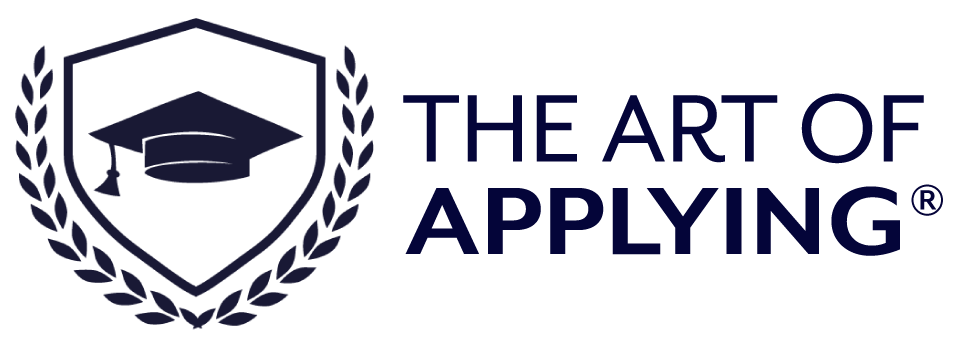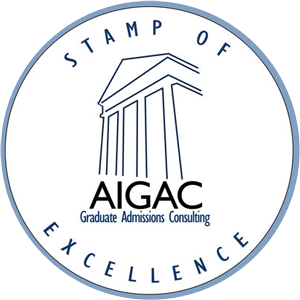1. Use a clear font.
My favorite is Cambria, but you can also use the old favorite Times New Roman or a sans serif font such as Arial. If you want a powerful winner, go with Cambria. I suggest that you use only one font and then utilize its variants to get some differentiation for headers, job titles, etc. meaning you could use ALL CAPS BOLD for each organization you’ve worked for; Regular Case Bold for each of your job titles and work locations and Italics as a one-line descriptor of each organization you’ve worked at to provide context.
2. Leave plenty of white space.
White space is all the space in the resume where there is not ink on the page. When your resume has too much print on it, it looks cluttered and overwhelming to the reader. Make sure to leave at least one line of space between resume sections and separate work experiences.
3. Use tables with invisible borders to achieve perfect alignment.
Let’s analyze some important alignment issues in the snippet of my own resume below. I’ve decided to left align the section header NONPROFIT EXPERIENCE & TEACHING EXCELLENCE. The same goes for my EDUCATION and PRIVATE SECTOR WORK EXPERIENCE section. I prefer to see headers left-aligned with white space above and below. Notice that dates are left aligned in their own area of the page so that the reader can quickly scan my resume and see how I spent chunks of my time. To achieve this effect, you’ll want to create a table with invisible borders so that you don’t get constant headaches when working with bullets, spacing, etc. Another important thing to notice is that my locations are right aligned. The locations are also in table cells with invisible borders. Within the cell, I just right-aligned the content. You can also achieve this by pressing tab a few times and then the space bar until you get the location where you want it. Other things to notice is that all my bullets are lined up with a fair amount of space between the bullet and the text, providing another opportunity for white space and a chance for the eye to rest.
4. Use graphic highlighting to draw attention to key phrases.
Lastly, but perhaps most importantly, notice my use of graphic highlighting. It’s a little difficult to see in the example above, but notice how certain words such as Harvard Business School, Dartmouth College, and RISE Entrepreneurship Conference are in bold face. I do this to draw the reader’s eye to these impressive school names and conference titles to show some places where I’ve presented talks. Graphic highlighting is an important tool in your resume-making kit, because it gives a reader who is scanning your resume places to jump to and read more about if they want. I hope these tips help you as you work on making your resume as readable, attractive, and standout as possible.



Leave a Reply